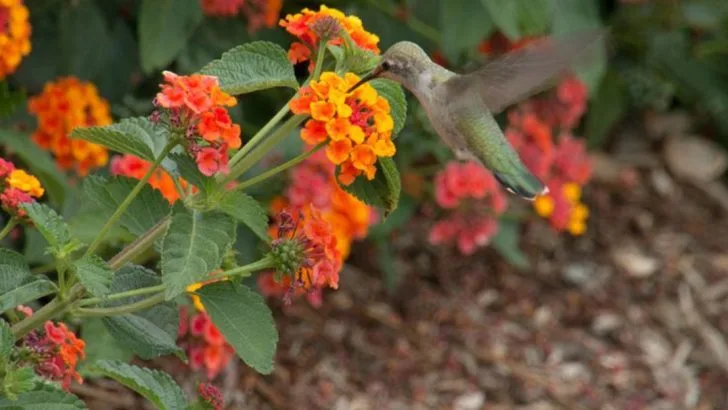Attracting beautiful birds to your yard doesn’t mean giving up on tidy landscaping. It’s possible to create a bird-friendly habitat that provides food, shelter, and nesting areas without letting your garden spiral into an overgrown mess. The secret lies in thoughtful plant choices, smart layout, and a few easy maintenance tricks that keep both you and your feathered visitors happy.
In this guide, we’ll share how to balance natural elements like native plants, birdbaths, and small trees with clean, organized design. You’ll discover which plants attract the most species, how to layer your garden for visual appeal, and the little details that make a huge difference when building a safe and welcoming space for birds—all while keeping your yard neat and manageable.
Native Plant Choices
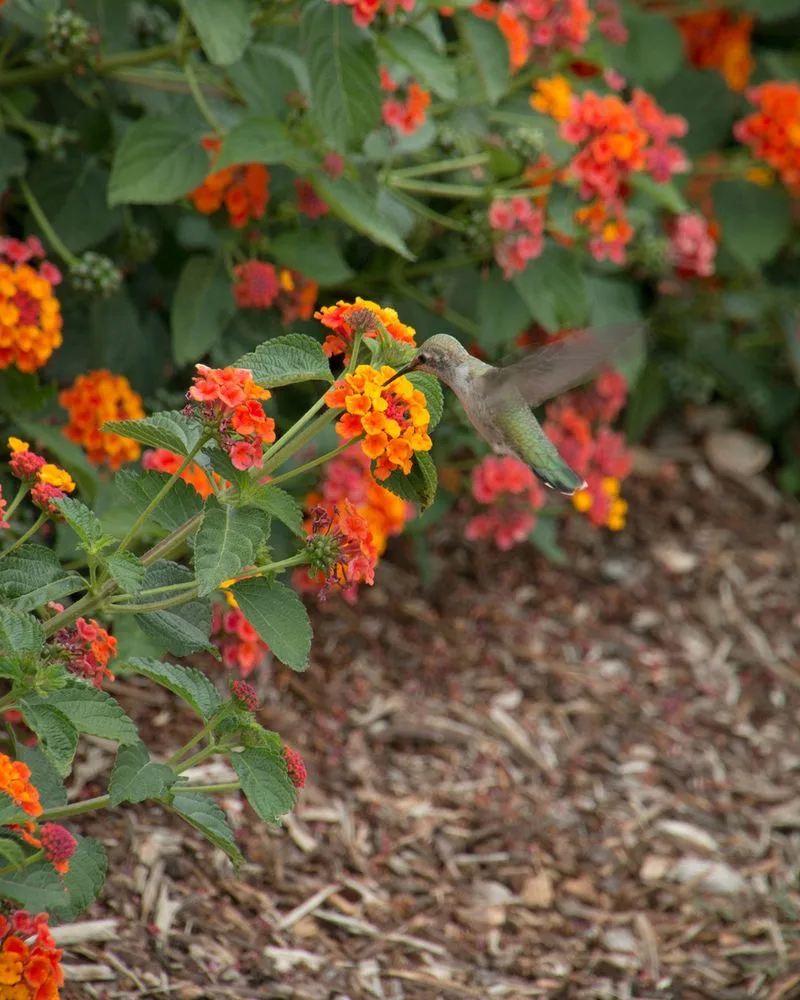
Opting for native plants is like rolling out the welcome mat for local birds. These plants are adapted to your region’s climate and soil, making them hardy and low-maintenance. Birds find nourishment and shelter among their leaves and branches. Consider incorporating a mix of grasses, shrubs, and flowering plants.
Native plants not only require less water but also reduce the need for fertilizers and pesticides. This eco-friendly approach ensures a sustainable habitat for birds. You’ll enjoy the visual feast of colors and textures, too, without overwhelming your yard’s layout.
Water Features
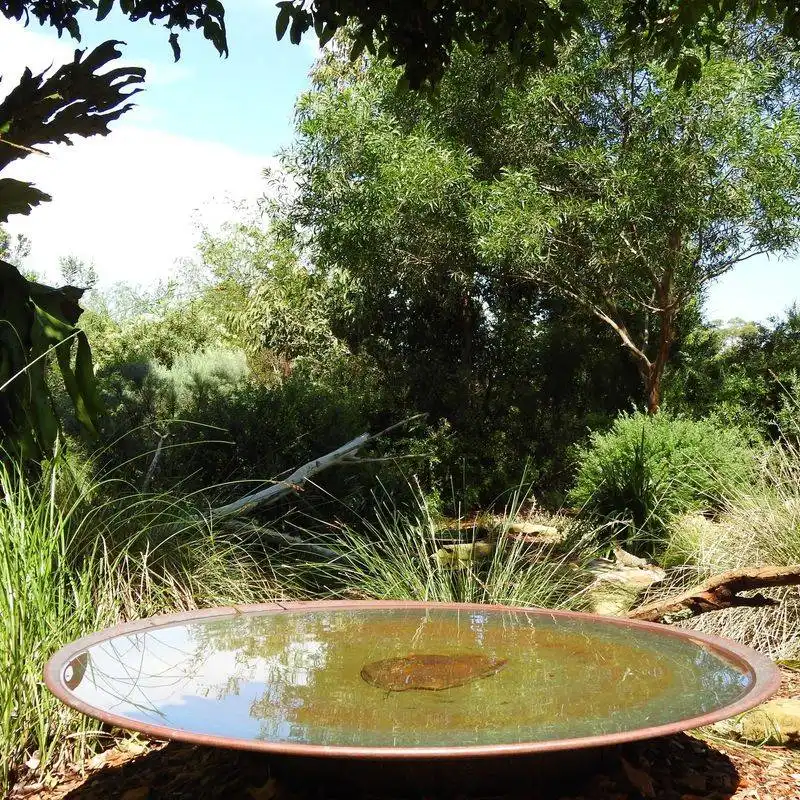
Providing a water feature can be a lifeline for thirsty birds. A small pond, waterfall, or a simple birdbath invites them to drink and bathe. The sound of trickling water is especially enticing and can attract a variety of species.
Position your water feature in a spot where you can easily watch from a window or patio. Ensure the water is fresh and clean, changing it every few days. Such an element not only supports local wildlife but adds a tranquil ambiance to your garden.
Birdhouses and Nesting Sites
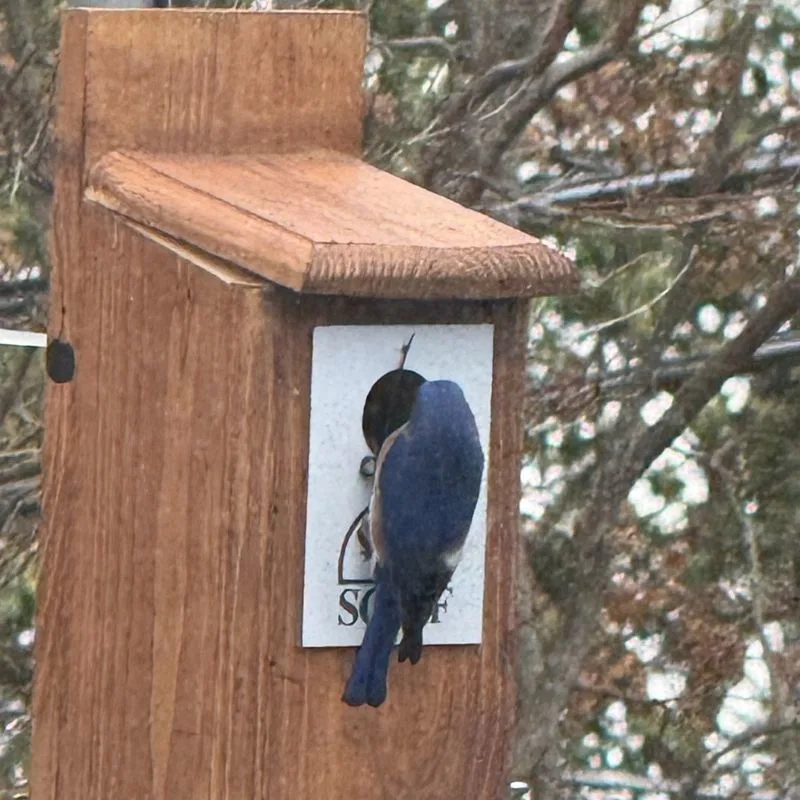
Birdhouses can transform your garden into a cozy retreat for feathered friends. Different species have unique housing needs, so consider your local bird population when choosing designs.
Place birdhouses in strategic locations, away from potential predators and sheltered from harsh weather. Nesting materials, like twigs or wool, can be provided nearby to encourage birds to settle. These little homes are not just practical; they add a charming touch to your landscape, turning it into a haven for avian guests.
Berry-Producing Shrubs
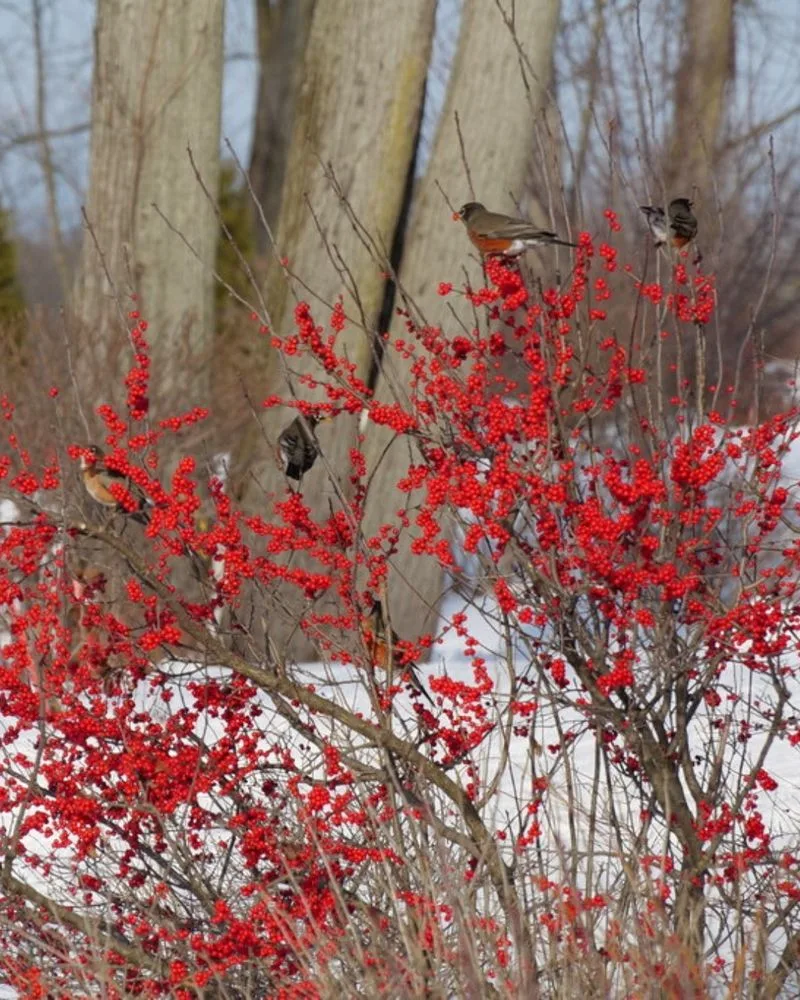
Berry-producing shrubs serve as a buffet for birds, offering nourishment and energy. Varieties like elderberry, holly, and serviceberry can keep birds coming back year-round. These plants also contribute to your garden’s aesthetic with their colorful blooms and fruits.
Positioning these shrubs within your yard’s existing structure ensures they enhance, not clutter, the space. With minimal maintenance, they provide a beautiful and beneficial habitat for birds without letting your garden lose its tidy appearance.
Layered Planting
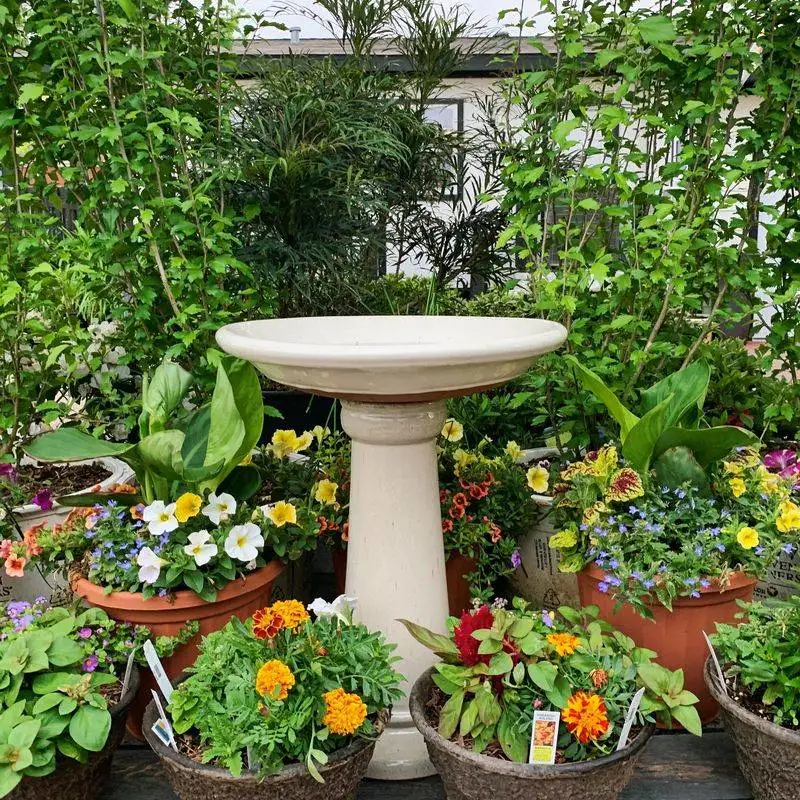
Creating a tiered effect with various plant heights provides shelter and foraging opportunities for birds. Start with ground covers, then move up to bushes, and finish with trees. This method mimics a natural forest environment, where birds can feel secure.
Layered planting not only supports bird life but also adds depth and interest to your garden. By strategically placing plants, you can manage space effectively while offering diverse habitats. This clever approach keeps your yard organized and inviting.
Seed Feeders
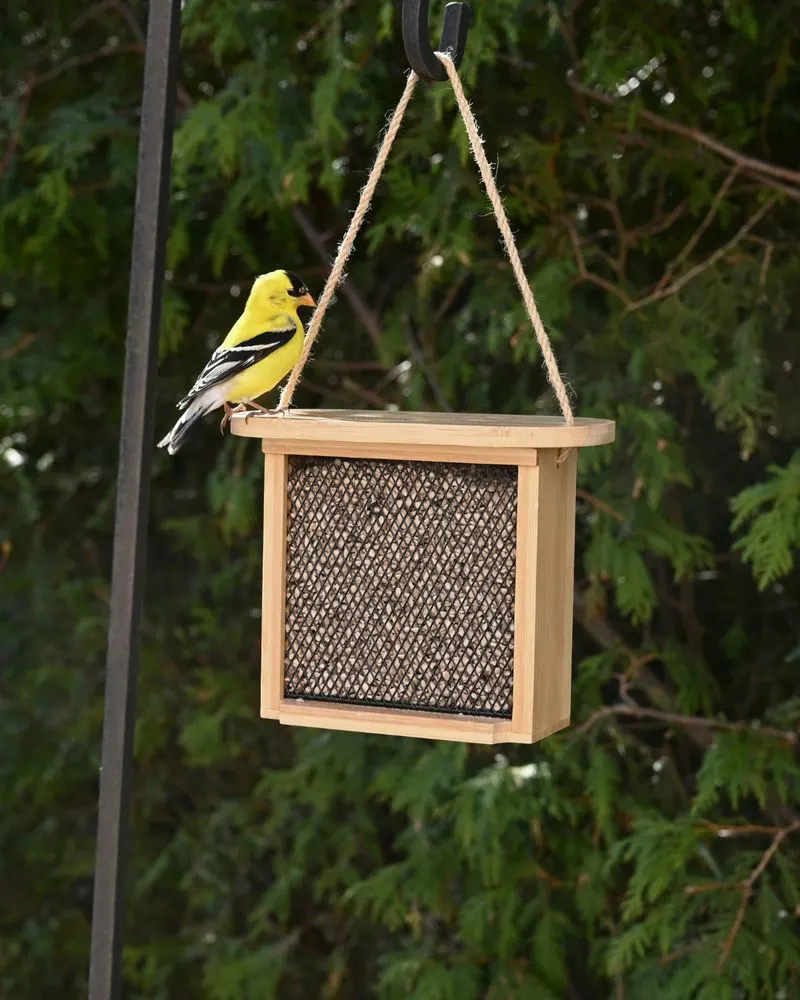
Seed feeders are a simple yet effective way to attract birds. Hung from sturdy branches or poles, they can accommodate multiple birds at once. Choose feeders that are easy to clean and refill to maintain hygiene.
Different seeds attract different bird species, so offering a variety can increase the diversity of your visitors. Position feeders in visible yet safe spots, away from predators. These feeders not only brighten up your garden with feathered activity but maintain its tidy appearance.
Seasonal Adjustments
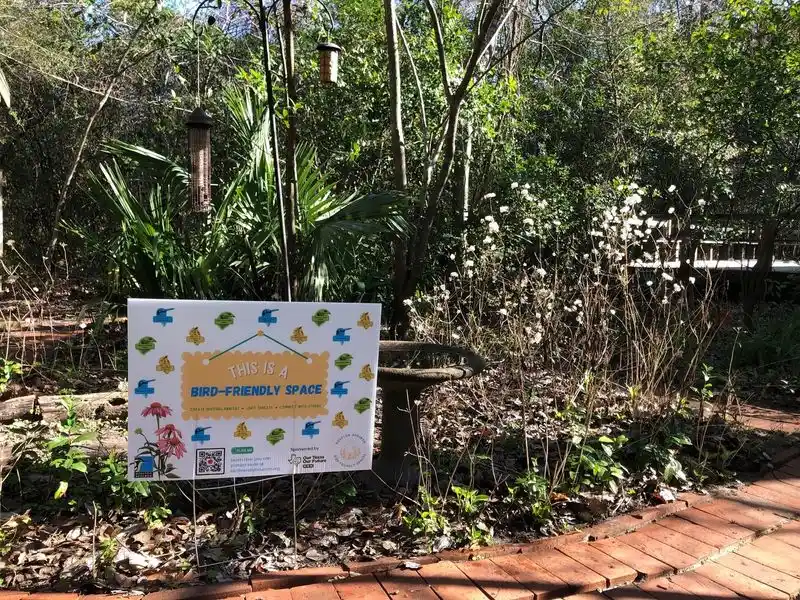
Adapting your garden to seasonal changes keeps it appealing to birds year-round. In winter, leave some seed heads for food; in summer, provide extra water sources. Such adjustments ensure your garden remains a reliable resource.
With each season, a small tweak can make a significant difference. This approach not only supports bird life continuously but also adds a dynamic charm to your yard, ensuring it stays neat and functional without becoming overgrown.

